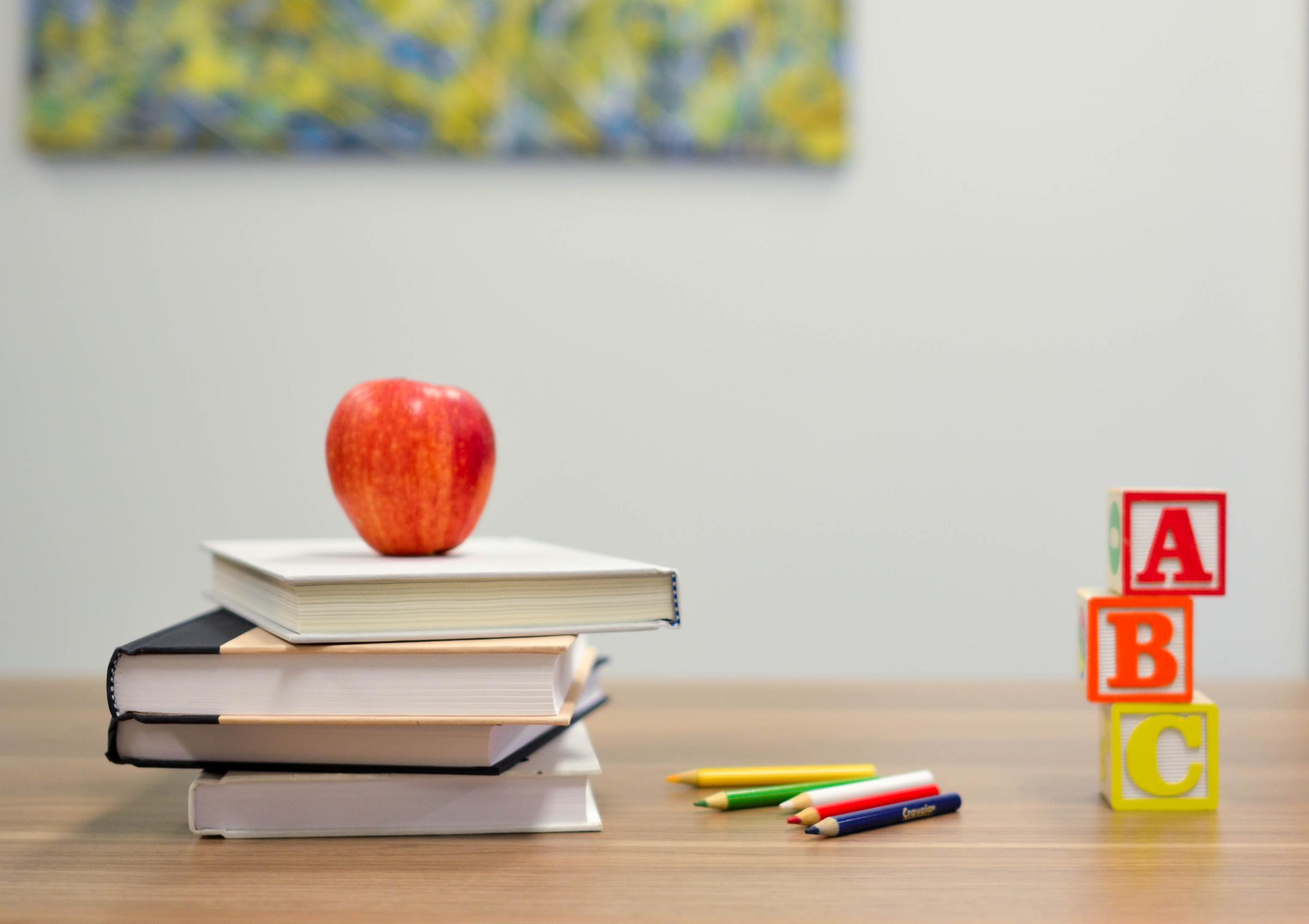Learning & Teaching

Mathematics
I am excited to share a fantastic resource that can support your child's Mathematics learning journey! Dr. Paul Swan, an Australian educator and Mathematics expert, offers a diverse range of free resources on his website that are perfect for primary school students. You can explore these resources by visiting: https://drpaulswan.com.au/
Why You'll Love It:
- Engaging Activities: The website features a variety of engaging Mathematics activities designed to make learning fun and interactive for young learners. These activities cover essential Mathematics concepts and skills, helping your child build a strong foundation in Mathematics.
- Easy-to-Use Materials: Dr. Swan provides printable worksheets and game templates that are easy to use at home. These materials are perfect for supplementing classroom learning or for extra practice during school holidays.
- Parent Guides: The resources include guides and tips for parents, helping you support your child's learning effectively.
- Diverse Topics: From basic number skills to problem-solving skills, the resources cover a wide range of topics suitable for different age groups and learning levels. This ensures that you can find materials tailored to your child's specific needs.
I encourage you to visit Dr. Paul Swan's website and take advantage of these wonderful free resources. They are a great way to make Mathematics enjoyable and to support your child's education at home.
Problem of the Week
Handshakes
Three friends meet in the town.
They each shake hands with each other.
How many handshakes are made?
How many handshakes will be made between 4 friends, or 5 friends?
What if 10 friends meet?
Have you identified a pattern to help solve this problem?
English
The Writer’s Notebook
You may have heard your child talk about their Writer’s Notebook at school. An important component of the Writing Workshop approach is the Writer’s Notebook which ‘creates a place for students (and writers) to save their words—in the form of a memory, a reflection, a list, a rambling of thoughts, a sketch, or even a scrap of print taped on the page’ (Buckner, 2005, p.4)
The notebook serves as a means to encourage young writers to value writing, where ‘seeds’ for a longer writing project require revisiting and rereading to locate ‘a phrase, a paragraph, a page’ which might be expanded and developed (Calkins, 1994, pp. 38-39).
The generation of ideas is only the beginning. It is the teacher’s role to support the extension and elaboration of the ‘seeds’ which might become a more detailed plan, a draft or a published text. While not all ideas will be seen through to a ‘final’ copy, it is the role of the teacher to monitor students’ writing to ensure experiences which progress their writing through the various processes of writing, and across a range of text types, are provided each term and across the school year. Some key points about the Writer’s Notebook 1. A writer’s notebook is a tool students use to record the things they notice, observe, and think about. Each recording is called an ‘entry’. The entries can be any of a variety of ideas. The most common are:
- Memories
- Observations of things happening around them
- Descriptions of people and places important in their lives
- Opinions
- Wonderings
- Wishes
- Family stories, hobbies and other passions.
Children write best about the things that are important to them and what they are interested in. It is writing that comes from what they know and what they have experienced.
2. A writer’s notebook houses ideas that writers can return to in order to grow ideas, restructure, rethink, revise, connect ideas and ultimately choose from a variety of entries to publish for an audience. It supports the work of publishing.
3. Notebook writing encourages a writer to take to the ‘long view’. What might start off as a small undeveloped idea has the potential to be developed into something fully formed.
4. Students need daily sustained periods of time to write. The writer’s notebook helps give direction to those sustained times for writing, especially early in the year when establishing a classroom community that will support students’ writing throughout the year.
Source: Victorian Education Department
